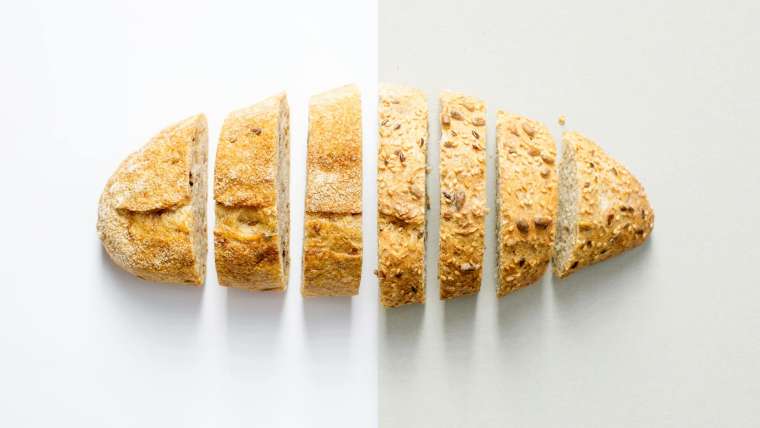Struggling to sleep? Discover the secrets to managing sleep apnea and finally breathe easy throughout the night. Find out now!
Table of Contents
Sleep apnea is a common sleep disorder that affects millions of people worldwide. It can have serious health implications if left untreated, including an increased risk of cardiovascular disease, stroke, and diabetes. However, with the right knowledge and management strategies, individuals with sleep apnea can take control of their health and get a good night’s sleep. In this blog post, we will explore what sleep apnea is, how it is diagnosed, and ways to effectively manage this condition.
Sleep Apnea: What Is It?
Sleep apnea is a sleep disorder characterized by pauses in breathing or shallow breathing during sleep. These pauses can last for a few seconds to minutes and may occur multiple times throughout the night. There are two main types of sleep apnea: obstructive sleep apnea, which is caused by a blockage in the airway, and central sleep apnea, which occurs when the brain fails to send signals to the muscles responsible for breathing.
Diagnosing Sleep Apnea
Diagnosing sleep apnea typically involves a sleep study, also known as a polysomnogram. During a sleep study, various measurements are taken while you sleep, including your heart rate, oxygen levels, and breathing patterns. This information helps healthcare providers determine the severity of your sleep apnea and develop an appropriate treatment plan.
Managing Sleep Apnea
There are several effective strategies for managing sleep apnea and improving the quality of your sleep. One of the most common treatments for obstructive sleep apnea is continuous positive airway pressure (CPAP) therapy. CPAP involves wearing a mask connected to a machine that delivers a continuous flow of air to keep your airway open while you sleep.
In addition to CPAP therapy, lifestyle changes can also help manage sleep apnea. Maintaining a healthy weight, avoiding alcohol and sedatives before bed, and sleeping on your side rather than your back can all help reduce the severity of sleep apnea symptoms.
Importance of Good Sleep Hygiene
Good sleep hygiene practices are essential for managing sleep apnea and improving the quality of your sleep. Establishing a regular sleep schedule, creating a relaxing bedtime routine, and ensuring your sleep environment is conducive to restful sleep can all make a significant difference in managing sleep apnea symptoms.
| Tips for Managing Sleep Apnea | Description |
|---|---|
| Avoid Alcohol and Sedatives | These substances can relax the muscles in your throat and worsen sleep apnea symptoms. |
| Maintain a Healthy Weight | Excess weight can contribute to the narrowing of your airway and worsen sleep apnea. |
| Sleep on Your Side | Sleeping on your back can make sleep apnea symptoms worse. Try sleeping on your side instead. |
| Use a CPAP Machine | A CPAP machine can help keep your airway open while you sleep, reducing sleep apnea symptoms. |
| Practice Good Sleep Hygiene | Establish a regular sleep schedule, create a calming bedtime routine, and ensure your sleep environment is conducive to restful sleep. |
Seeking Professional Help
If you suspect you may have sleep apnea or are experiencing symptoms such as loud snoring, daytime fatigue, or morning headaches, it is important to seek help from a healthcare provider. They can perform a comprehensive evaluation, diagnose any underlying sleep disorders, and recommend appropriate treatment options based on your individual needs.
Remember, managing sleep apnea is a crucial step in protecting your overall health and well-being. By taking proactive steps to address this sleep disorder, you can experience better sleep, improved daytime functioning, and a reduced risk of other health complications. Don’t hesitate to reach out to a healthcare professional for support and guidance on managing your sleep apnea effectively.
FAQ
What are the main symptoms of sleep apnea?
Answer 1: Common symptoms of sleep apnea include loud snoring, daytime fatigue, morning headaches, and pauses in breathing during sleep.
How is sleep apnea diagnosed?
Answer 2: Sleep apnea is typically diagnosed through a sleep study, also known as a polysomnogram, where various measurements are taken while you sleep to assess breathing patterns, heart rate, and oxygen levels.
What are the treatment options for sleep apnea?
Answer 3: Treatment options for sleep apnea include continuous positive airway pressure (CPAP) therapy, lifestyle changes such as weight management and avoiding alcohol before bed, and surgery in severe cases.
How can good sleep hygiene help manage sleep apnea?
Answer 4: Good sleep hygiene practices, such as maintaining a regular sleep schedule, creating a calming bedtime routine, and ensuring a comfortable sleep environment, can help improve sleep quality and manage sleep apnea symptoms effectively.





